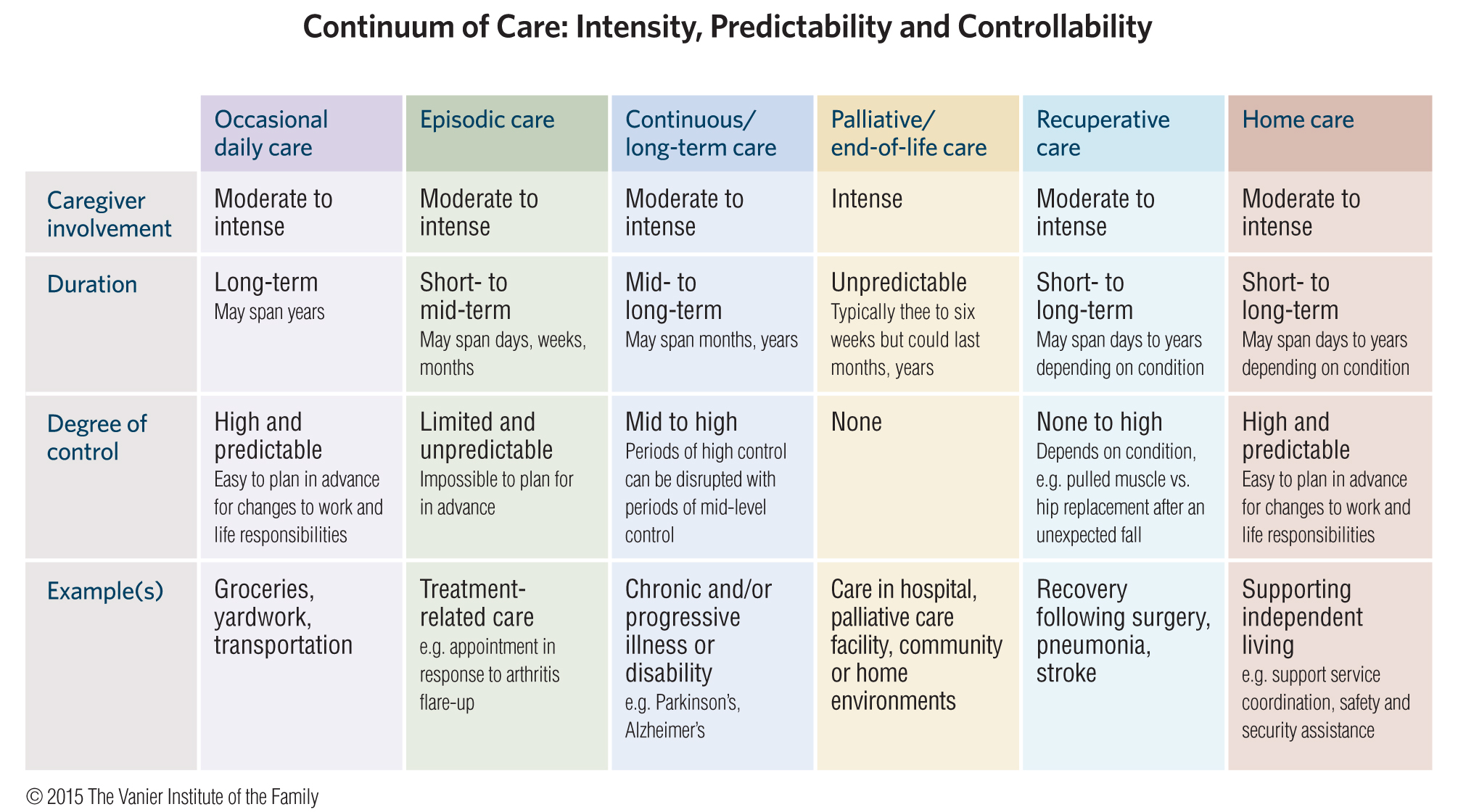Sara MacNaull
Working family members are multi-taskers, managing a variety of responsibilities at home, at work and in their communities. While family members demonstrate a great deal of adaptability in managing multiple roles, they benefit from workplaces that are respectful of their lives outside of work and responsive to their requests for flexibility and autonomy.
Workplace flexibility continues to be a topic of great interest to individuals, families, employers and policy makers. There are many approaches to creating flexible work environments, including modifications, adaptations and accommodations that impact when, where and how work gets done.
Workplace flexibility: A win-win-win strategy
Families are not the only ones who benefit from workplace flexibility as family members strive to effectively manage their multiple roles. Employers are embracing workplace flexibility as a key lever to attract and retain top talent in a competitive job market. Society benefits by having a stable workforce and an economy fuelled by organizations operating at peak performance.
Recently the Prime Minister of Canada identified workplace flexibility as a “top priority” in the mandate letter to the Minister of Employment, Workforce Development and Labour. In particular, the Minister was instructed to:
Work with the Minister of Families, Children and Social Development to fulfill our commitments to provide more generous and flexible leave for caregivers and more flexible parental leave.
… and to
Amend the Canada Labour Code to allow workers to formally request flexible work arrangements from their employers and consult with provinces and territories on the implementation of similar changes in provincially regulated sectors.
The proposed amendments to the Labour Code would mean that employees would be given the legal right to formally request flexible work arrangements from their employers.
Currently, in Canada there is no formal, legal mechanism for employees to request flex, and supervisors/managers are not legally required to consider such requests – the response is at the discretion of the employer. The right to request flex is considered by some to be a privilege for employees, and depends on the supervisor/manager’s personal perspective. Responses to requests are shaped by the culture of their organization. Right-to-request-flex legislation would change this by formalizing and normalizing this process while ensuring that employers justify why they refuse to grant the request, should they need to do so.
The Vanier Institute recently studied workplace flexibility in a benchmarking initiative that included a survey of employers and HR professionals. This survey found that employers offering flex is no longer considered optional, and is in fact key to attracting and retaining top talent in today’s competitive labour market. Many participants in the study also said that flex is already a right in their organization, as opposed to an employee privilege.
Flex is already a right elsewhere
Countries such as Australia and the U.K., as well as parts of the U.S., have implemented the right to request flex in their respective employment/labour legislations and/or regulations. However, eligibility requirements vary and, depending on the jurisdiction, it may not be available to all employees.
In Australia, the right to request flexible work arrangements (FWAs) was introduced through the Fair Work Act 2009, which provides employees who meet the eligibility requirements the legal right to request flexible work. Eligible employees include those:
- Who are parents or who have the responsibility to care for a child who is school-aged or younger
- With caregiving responsibilities (as defined by the Carer Recognition Act 2010)
- With a disability
- Who are aged 55 years and up
- Who are experiencing family violence or caring for someone who is experiencing family violence
- Who have worked for the employer for at least one year (though long-term casual employees may also be eligible)
In the U.K., the right to request flex was extended to all employees in 2014. Previously, this right had been limited to parents and carers, similar to some of the eligibility requirements in Australia.
In the U.S., eligibility requirements vary depending on the legislation within a particular jurisdiction. For example, employees within the state of Vermont were granted the right to request flex in 2014, the same year in which both the city of San Francisco employees and all federal U.S. employees were granted such a right.
Right to request differs from right to flex
In Australia and the U.K., the employer must provide, in writing, specific reasons for refusing a request for flex. The refusal must be due to reasonable business grounds, such as extra costs to the employer; significant loss in productivity, quality or performance; resulting inability to meet customer demands; or inability to reorganize work among other staff members.
While details of the pending right to request flex legislation are not public as of publication date, measures to facilitate flexible work could provide families with further support as they strive to manage their various responsibilities, commitments and obligations. For families, this means that work–life quality may be improved by having the time and energy to care for others and care for oneself while remaining a productive and committed employee.
Alternative work arrangements (AWAs) are temporary arrangements that differ from the norm within an organization (i.e. standard “9-to-5” workdays) and are case-by-case “one-offs” tailored to an employee’s short-term needs. These arrangements focus on the employee’s time in the office. Examples may include a phased return from maternity or parental leave for a pre-defined period of time or an adjustment to start and end times during the recovery period following an illness or injury.
Flexible work arrangements (FWAs) allow employees more flexibility and autonomy around when, where and how works gets done. FWAs help employees manage their multiple roles inside and outside the office. Though some employees may find it daunting to ask their supervisors for flex, as it may be perceived as an employee privilege, for many families it’s a necessity in order for them to manage the everyday needs of family. Examples of FWAs include remote work, compressed work weeks, job sharing and flex hours.
Customized work arrangements (CWAs) are individualized and personalized work arrangements that tailor when, where and how work gets done. Unlike AWAs and FWAs, these arrangements are fluid, extend over long periods or are modified as circumstances change. Employees are evaluated on output and productivity through a results-based approach, rather than a “clock-in/clock-out” approach focused on time spent physically present in the workplace. Examples include Mass Career CustomizationTM, for example, workload dial-up or dial-down, depending on an employee’s situation.
Sara MacNaull is Program Director at the Vanier Institute of the Family and is currently working toward earning the Work–Life Certified Professional designation.
This article can be downloaded in PDF format here.


